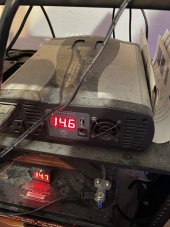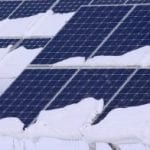DXHum
New Member
- Joined
- Jun 1, 2020
- Messages
- 57
So my RENOGY solar kit came:
https://www.amazon.com/dp/B06WVHDW7Q?ref=ppx_yo2ov_dt_b_product_details&th=1
I chose this because the charge controller is a 40A MPPT, and is the same controller that comes with the 4 panel kit (this has one). My thinking is that I can always go out and add more panels with the existing controller.
This is the battery and inverter that I will be using:


But after reading the manual, I have many questions:
https://www.amazon.com/dp/B06WVHDW7Q?ref=ppx_yo2ov_dt_b_product_details&th=1
I chose this because the charge controller is a 40A MPPT, and is the same controller that comes with the 4 panel kit (this has one). My thinking is that I can always go out and add more panels with the existing controller.
This is the battery and inverter that I will be using:


But after reading the manual, I have many questions:
- "Ensure input voltage does not exceed 100 VDC". Input voltage being the voltage generated by the panel going in to the controller. Is this correct?
- Doesn't the charge controller protect the battery from over-charging?
- What is "Equalization"?
- What is the correct battery type setting for this battery?
- With the panel installed outdoors, all other hardware will be in doors. The cable run from the panel to the intended location of the other hardware is about 60 feet. Is there a limit to how long of a run I can have? Does the length of the run impact performance?
- The manual discusses the "Four stages of charging". Are these something I select? Reading, I get the impression that the charge controller switches automatically between these stages and are not something the user sets. Is this correct?




